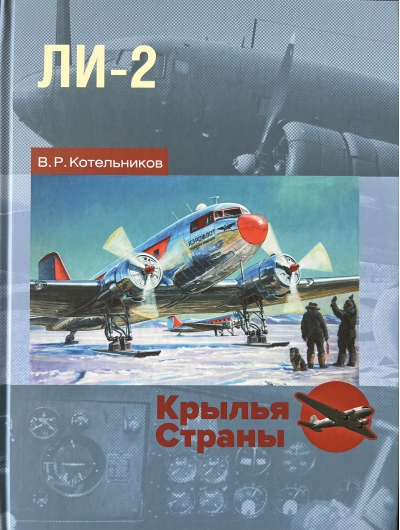Li-2: "Douglas" in Russian
69.99 €
Out of stock
The work "Li-2: "Douglas" in Russian" is mainly devoted to the history of mastering the production and operation in the USSR of the American airplane DS-3 - one of the best in the 1930s civil airliners in its class in terms of economy, safety, passenger comfort, equipped with a very advanced complex of piloting and navigation and radio equipment, autopilot, other devices that greatly facilitate the work of the crew. The introduction or "Russification" of the machine was not easy at Plant No. 84 named after V.P. Chkalov. V.P. Chkalov in Khimki near Moscow, which began in 1939, after the acquisition of a license from the company and the conclusion of a number of agreements. Since the DC-3 design was fully adapted for production in large series, this airplane, named PS-84 in our country, became the main passenger airplane of Aeroflot's mainline airlines even before the beginning of the war.
Soon after the beginning of the machine's development in the Soviet Union, the development of military transport and landing variants of the airplane began. Flights to the front line and to the rear of the enemy in 1941 forced to supply defensive armament. And in the spring of the next year the bomber armament for use as a night bomber began to be mounted on the aircraft. The experience was recognized as successful, the number of units and formations using these aircraft increased noticeably in 1943-1945; the PS-84, renamed Li-2 after Boris Lisunov, chief engineer of Plant No. 84 evacuated to Tashkent, was only slightly inferior to the IL-4 long-range bomber as part of the ADD in terms of the number of ships in service. Of course, the Li-2s did not fly to bomb Berlin, Königsberg, Budapest and other political centers of the enemy, but they were quite successful at medium range.
Soon after the beginning of the machine's development in the Soviet Union, the development of military transport and landing variants of the airplane began. Flights to the front line and to the rear of the enemy in 1941 forced to supply defensive armament. And in the spring of the next year the bomber armament for use as a night bomber began to be mounted on the aircraft. The experience was recognized as successful, the number of units and formations using these aircraft increased noticeably in 1943-1945; the PS-84, renamed Li-2 after Boris Lisunov, chief engineer of Plant No. 84 evacuated to Tashkent, was only slightly inferior to the IL-4 long-range bomber as part of the ADD in terms of the number of ships in service. Of course, the Li-2s did not fly to bomb Berlin, Königsberg, Budapest and other political centers of the enemy, but they were quite successful at medium range.
See also:
- All books by the publisher
- All books by the author
- All books in the series Wings of Country













